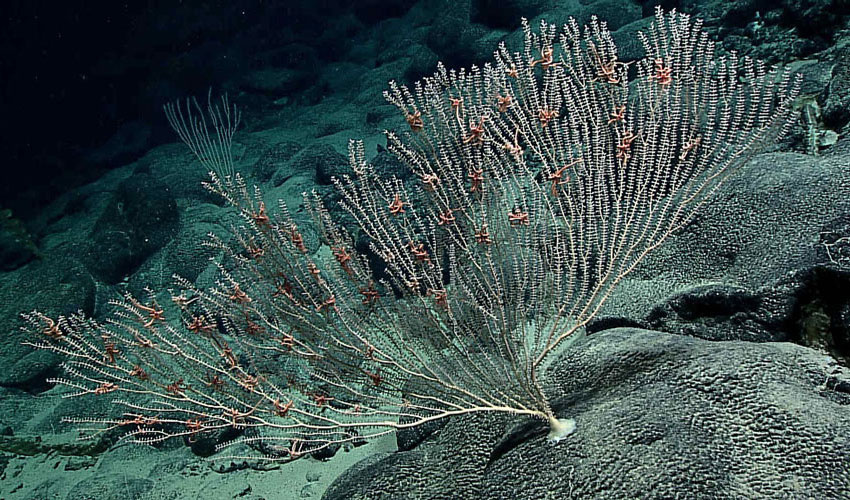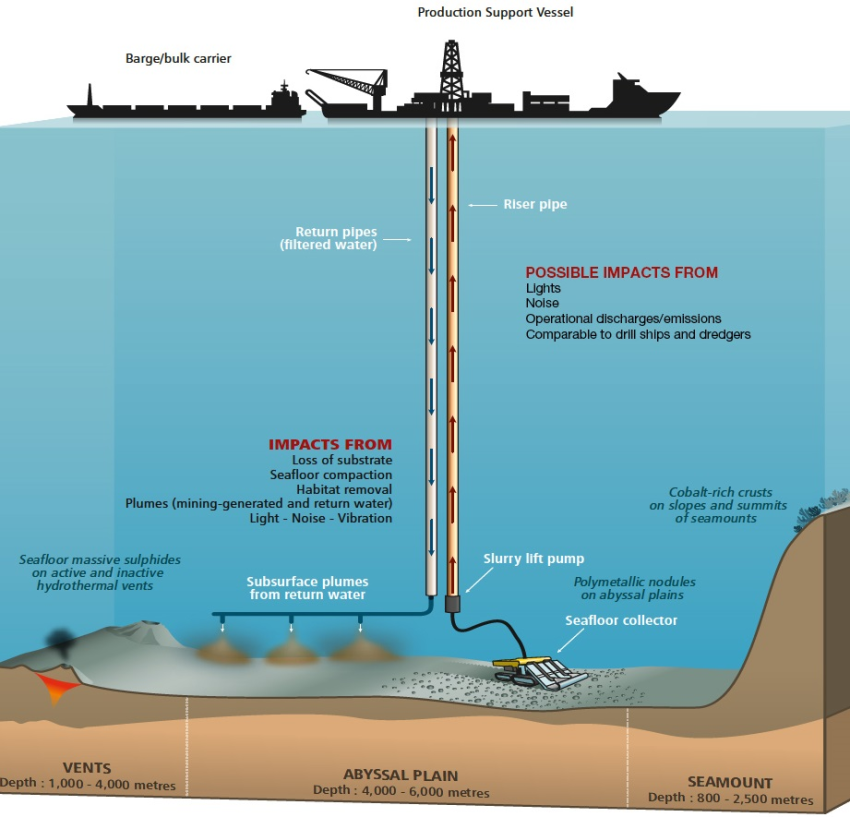Lauren Kubiak
Lauren Kubiak is a senior policy analyst in the oceans division at the Natural Resource Defense Council (NRDC), an IUCN Member, where she works to improve management and conservation of biodiversity and ecosystems of the high seas. She also works to minimize the environmental impacts of offshore energy and mineral development, and previously worked on the United States’ first federal carbon standard on power plants as a policy analyst in NRDC’s energy program. Kubiak earned her bachelor’s and master’s of science degrees in earth systems from Stanford University, during which she conducted oceanographic research in the Equatorial Pacific. She is based in New York City.










